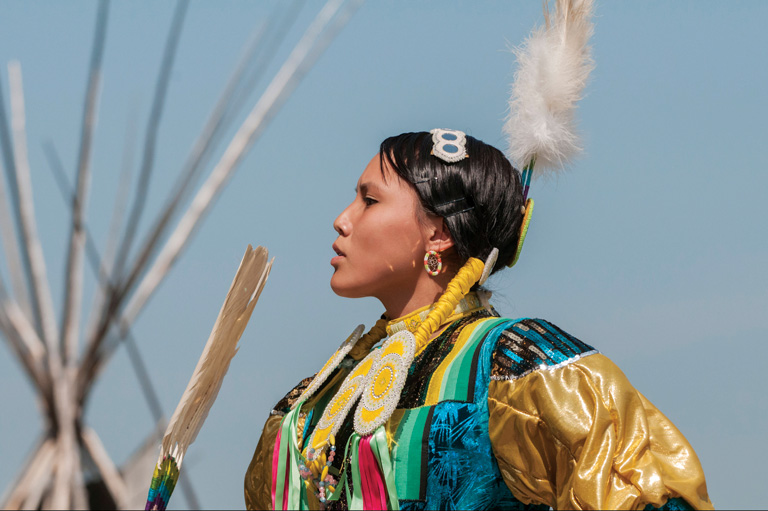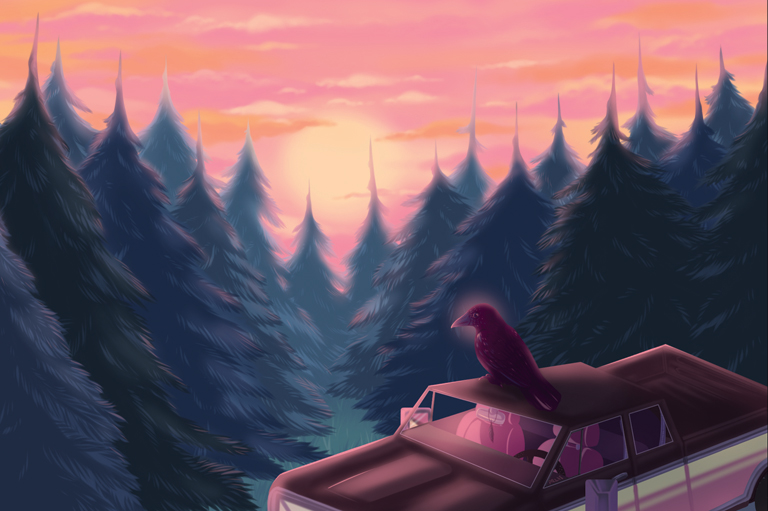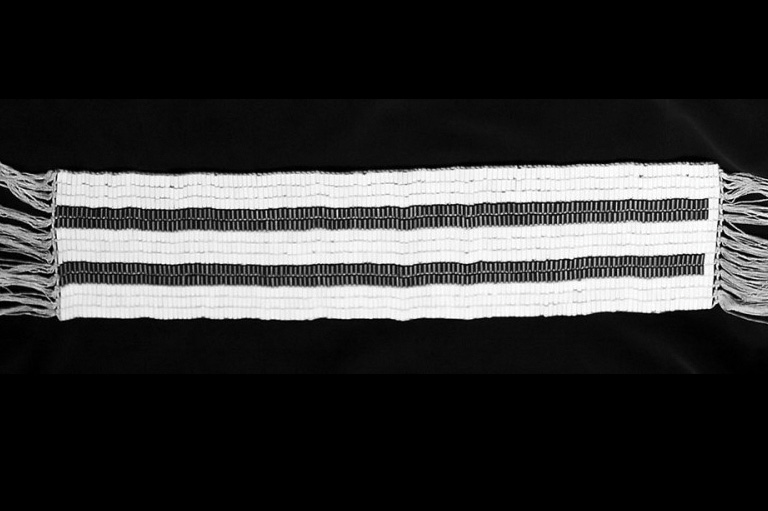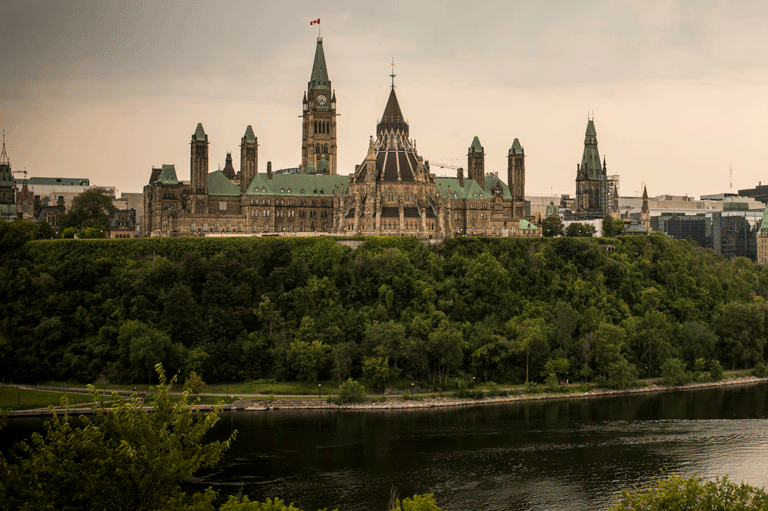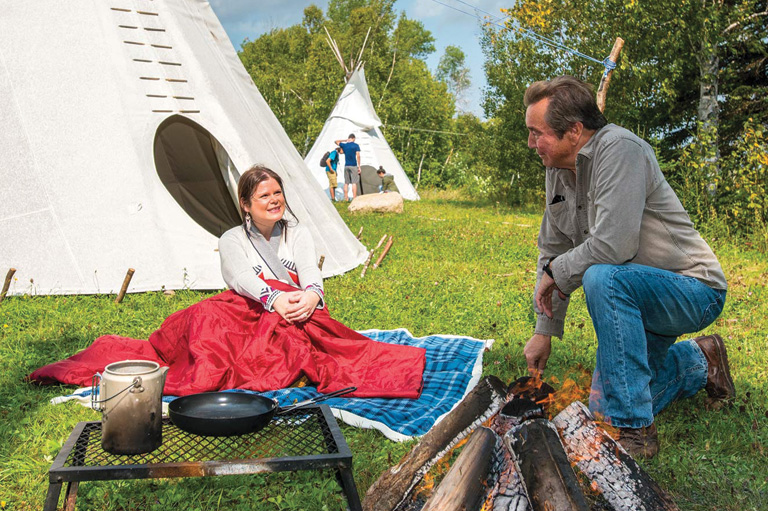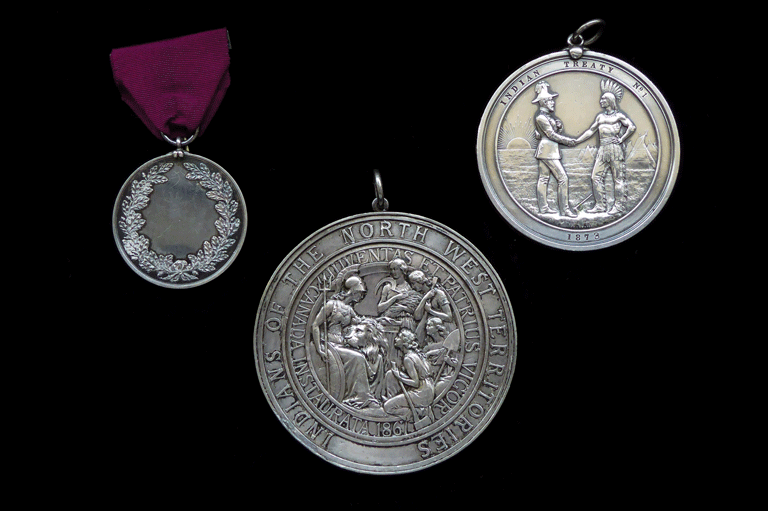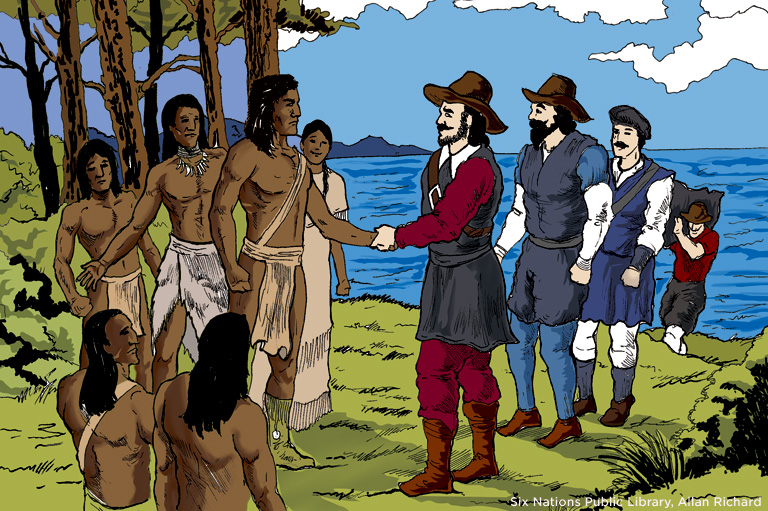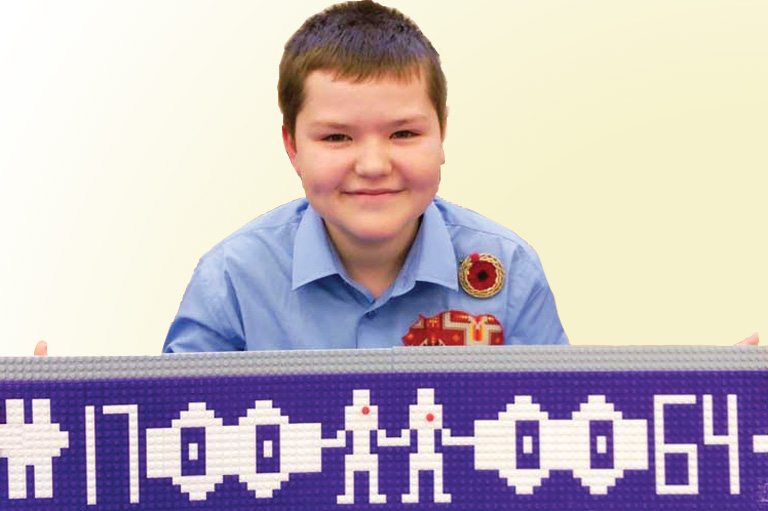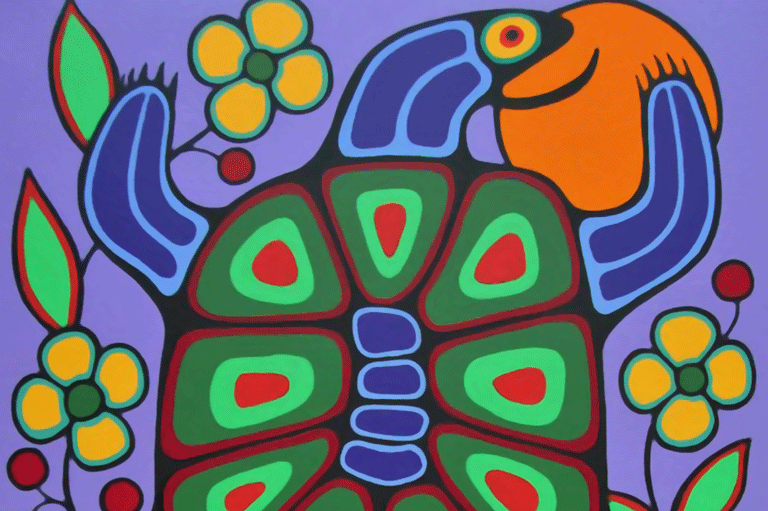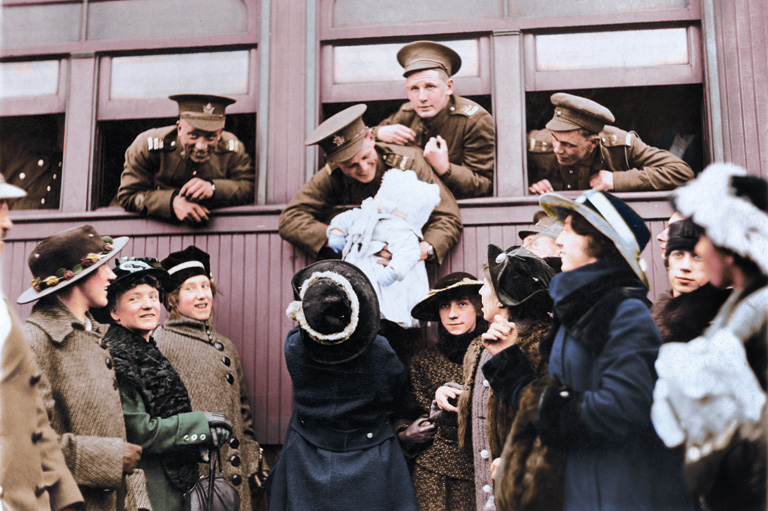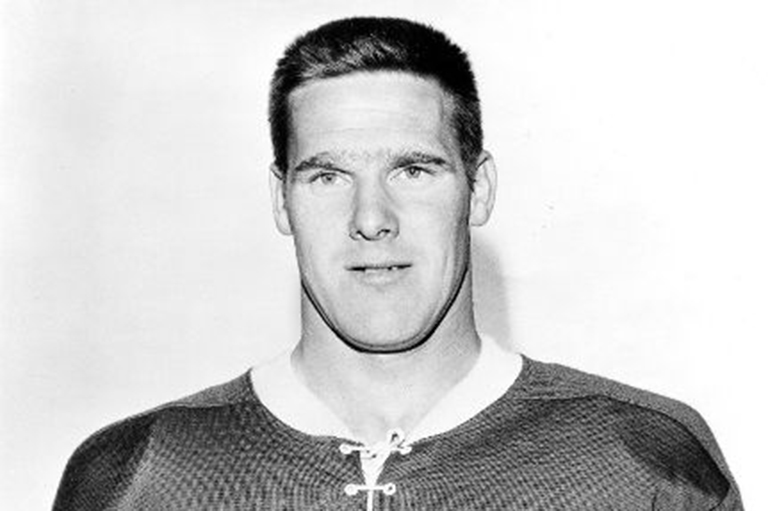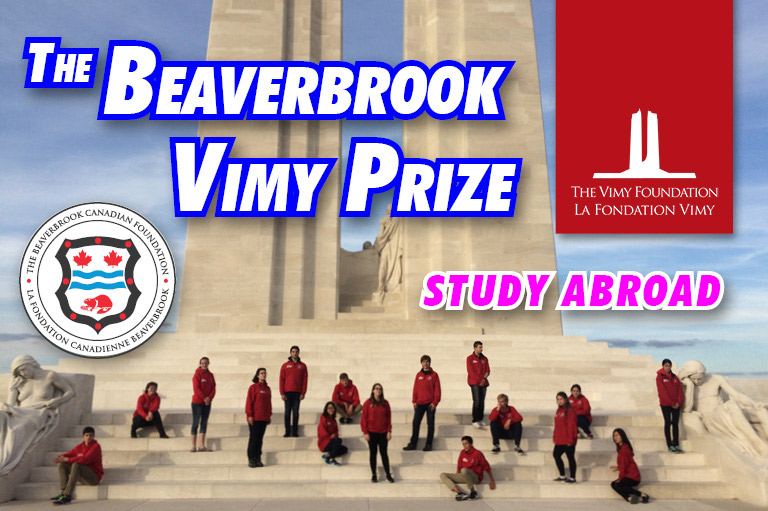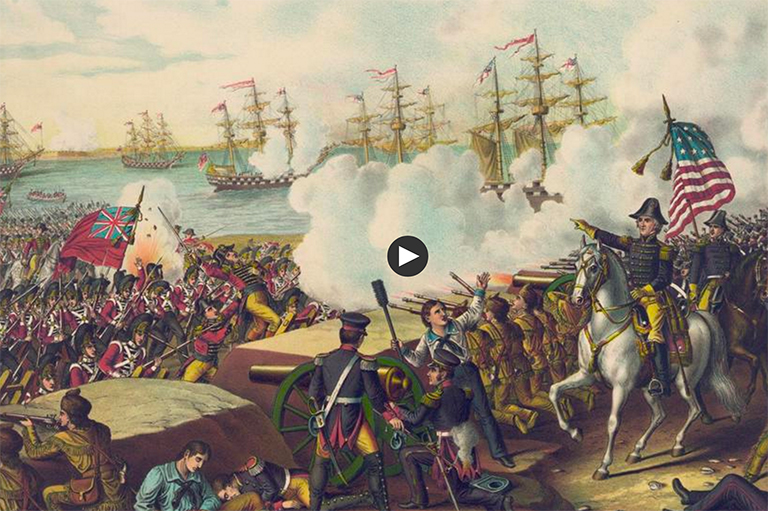Classroom Treaty
See “What is a Treaty?” on pages 4 and 5 in the We Are All Treaty People issue of Kayak: Canada’s History Magazine for Kids.
Read
For First Nations people, land is a gift from the Creator. They did not own the land. The Creator gave them teachings on how to respect it and look after it. This would ensure that all Creation would benefit from it. Europeans did not understand this way of thinking. For them, land was not to be shared – it was to be divided up and each part owned by different people.
Minds on
Design a classroom Treaty. Make sure that students have full involvement and investment in its creation. Use it throughout the year as the typical “class rules.” Refer to it often as a guide.
Hands on
Purposely break one of the “rules” to be upheld. Have the students explore the idea of interpretation and broken promises. Instruct them to write a personal reflection on how they felt when the classroom Treaty was not honoured. Use the experience as an activator for exploring Treaties, worldview, and broken promises.
More classroom activities
Themes associated with this article
Advertisement
You might also be interested in...
This issue, as well as the corresponding educational resource package, can be found on the French side of our site.

Encouraging a deeper knowledge of history and Indigenous Peoples in Canada.
The Government of Canada creates opportunities to explore and share Canadian history.

The Winnipeg Foundation — supporting our shared truth and reconciliation journey.

We contribute to the well-being of the communities we serve through grants, scholarships, sponsorships, fundraising, volunteering and collaborative relationships with community partners.

